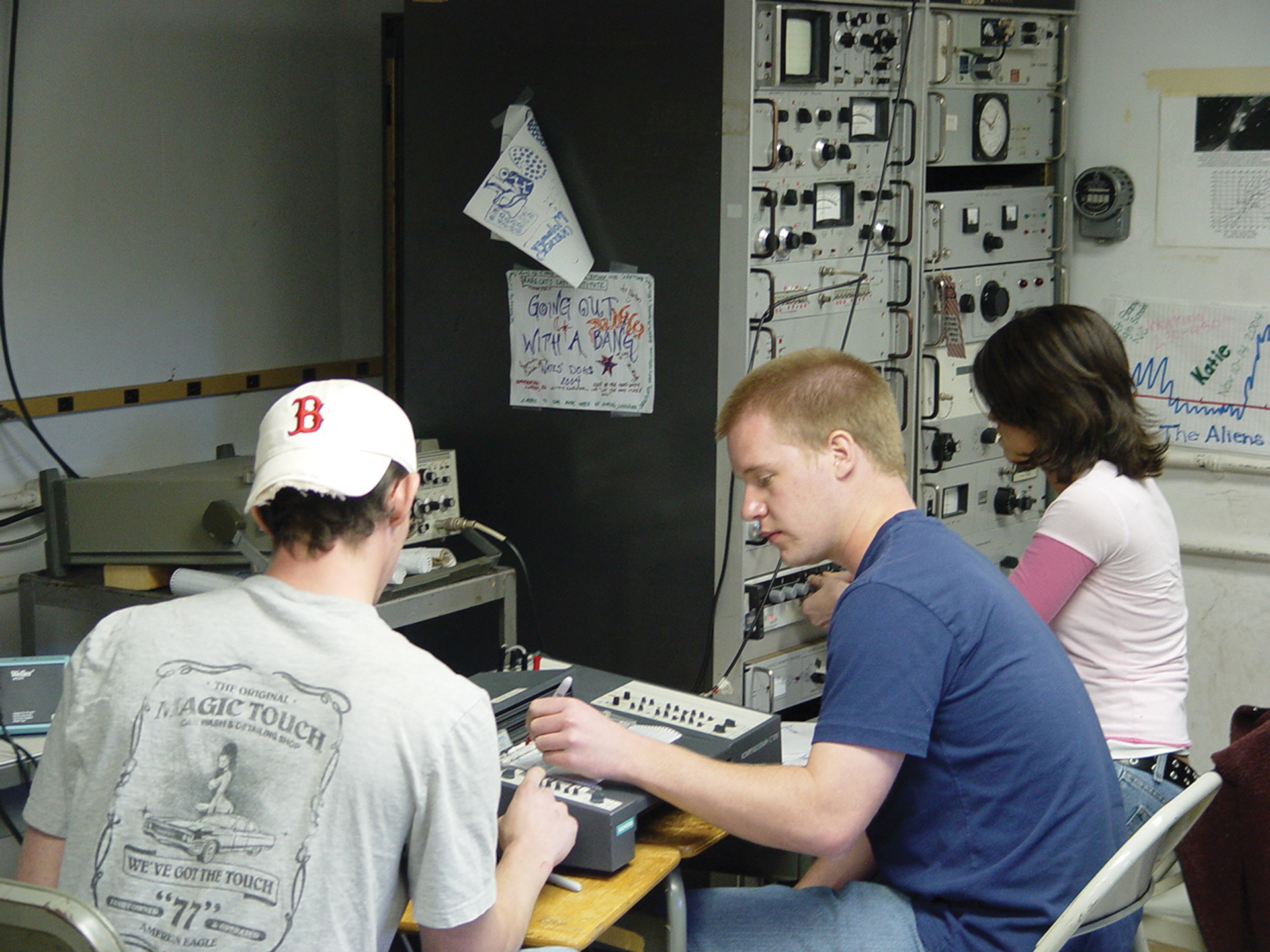-
Amateur Radio Kids day
The Green Bank Science Center is hosting an event for ARRL Kid’s Day to help young radio enthusiasts or novices alike make radio contacts with other kids. This is a great opportunity to learn more about the hobby and see what ham radio is all about. Come check it out! Contacts start at 1 PM. […]
-
Post Secondary Student Opportunities
The Green Bank Observatory teams up with the National Radio Astronomy Observatory to offer funded research opportunities for undergraduate students, graduate students and post-docs. We also support other opportunities like job-training apprenticeships, and co-ops as funding allows. Summer Research Experience for Undergraduates We have held a summer student research program since the beginning of the […]
-
Student Research
Early engagement in authentic STEM research motivates students to enter into and persist on a STEM path toward becoming a STEM professional, and the Green Bank Observatory provides many opportunities for students to practice science and engineering. Some require your presence onsite, but we also have online opportunities. If you are an undergraduate or graduate […]
-
GBT on cover of Nature Astronomy
-
K-12 Student Research
Early engagement in authentic STEM research motivates students to enter into and persist on a STEM path toward becoming a STEM professional, and the Green Bank Observatory provides many opportunities for students to practice science and engineering. Some require your presence onsite, but we also have online opportunities. If you are an undergraduate or graduate […]
-
Applications now being accepted for 2024 Governor’s Schools
The application period for the 2024 Governor’s Schools is now open. West Virginia Governor’s Schools offer in-depth and engaging summer learning opportunities in residential environments.
-
Most sensitive search for intelligent life beyond our galaxy to date
-
High Tech tour
High Tech Tours are offered the 2nd Thursday of every month. $25/person Join an Observatory engineer for an in-depth conversation and behind-the-scenes peek at our electronics lab, telescope receivers, and the GBT control room. See what makes our observatory one of the world’s leading radio telescope facilities! 3:30 p.m. ~ 5:00 p.m. Tour lengths will […]









